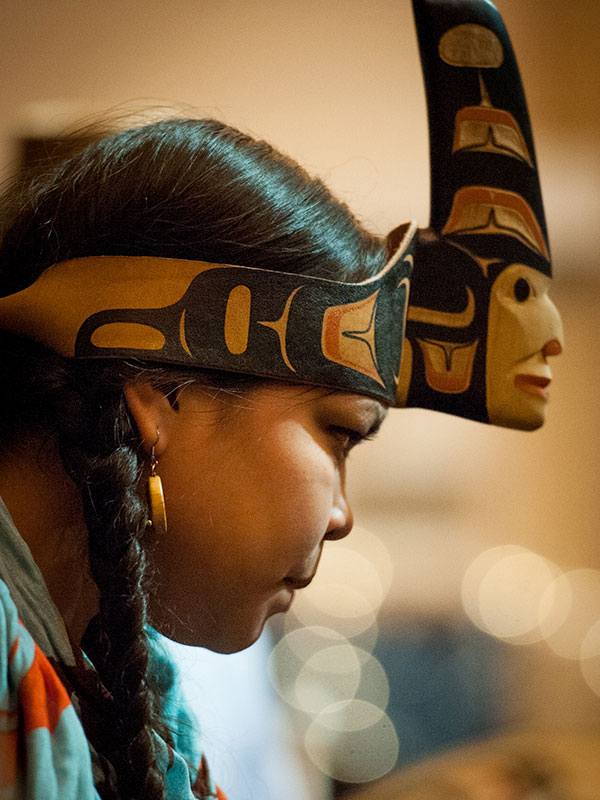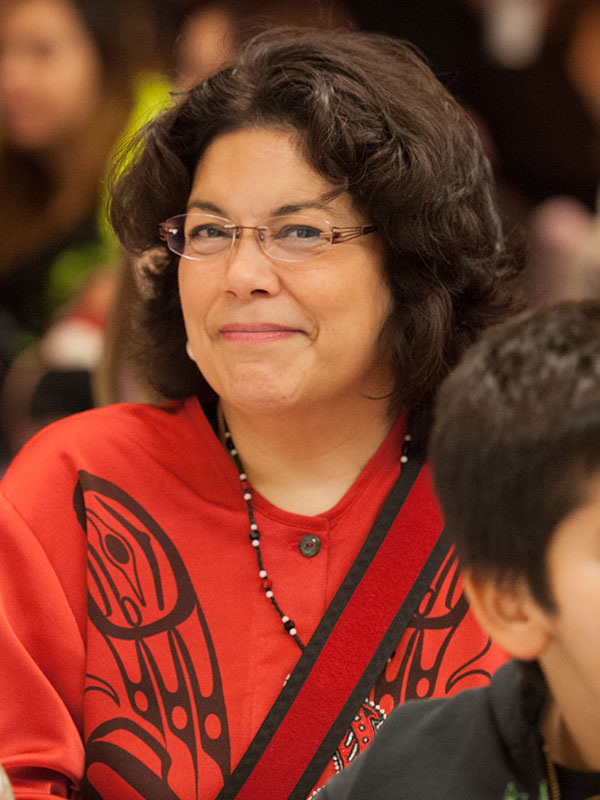About Us


Our Past
The Tlingit legend, the “Raven and the Creation Story,” is a traditional story of the creation of the world as we know it. Our own Alaskan Native history is like a legend. We crossed over the Bearing Strait land bridge thousands of years ago and made our home at Cape Fox in the Alexander Archipelago – a small chain of wind stripped islands off the coast of the Alaska Panhandle – 53 miles southeast of Ketchikan, Alaska. Around the turn of the 20th century, we left the original Cape Fox village and settled in Saxman in southeast Alaska where we have remained ever since.
We lived off the land and resources provided in Southeast Alaska, which often included fishing. When trade routes opened to this area, it was not just the beauty of this land that attracted non-Natives, but all the resources available. In the 1800s and 1900s, many settlers moved through Alaska’s rich trade routes utilizing its resources for income, and towns and villages began to appear. It was then the Alaskan Natives began to experience deep-rooted discrimination and isolation from non-Natives. Alaskan Natives championed for their rights, and in 1945, the Anti-Discrimination Law was passed in the State legislature, the first state to pass such a law, which paved the way for the more celebrated Federal passage of the Civil Rights Act of 1964.
The 1970s saw elders push to bring more awareness and understanding of native arts, culture, and language. We saw the passage of the Alaska Native Claims Settlement Act (ANCSA) and the formation of Cape Fox Corporation (CFC). ANCSA allowed us to educate the world about our Tlingit culture through our art and language while also providing our Shareholders with a financial resource and preservation of our lands.
Raven and the Creation Story
Raven steals the stars, the moon, and the sun from Naas-sháki Yéil (or Naas-sháki Shaan, the old man of the raven tribe). The old man is wealthy and owns three boxes, which contain the stars, the moon, and the sun. Raven wants the boxes and cries constantly until the old man gives him the box of stars to pacify him. Raven, playing with it, opens the lid; the stars escape through the chimney into the sky. He later begins crying for the box of the moon, and the old man gives it to him after blocking the chimney. Raven plays with it, rolls it out the door and it escapes into the sky. Raven finally begins crying for the box of the sun, and the old man gives it to him. Knowing that he cannot roll it out the door or toss it up the chimney, he waits until everyone is asleep, changes into his bird form, grasps the sun in his beak and flies out the chimney. Raven shows the others his sun; when he opens the box, the sun flies up into the sky, where it has been ever since.
our present
An older tree often has deep, strong roots. These roots help the tree withstand the effects of wind and weather to continue to grow. A tree depends on its roots being deep for water and nutrients to survive.
CFC represents the Tlingit Alaska Natives from the Village of Saxman. Today, CFC looks forward to expanding and expressing our culture in various, diverse ways. We have growing commercial businesses that provide tourists, visitors, and locals alike the best food, luxury, and adventure we have to offer. We have an expanding federal contracting group who continuously adds to our capabilities and successes. We have almost 400 Shareholders and over 700 employees worldwide. In an effort to maintain how important community and family are to our heritage, we make sure we are giving back to those communities in which we do business.
We are located on Revillagigedo Island in the Ketchikan Gateway Borough in southeast Alaska. Having a sense of community and family is interwoven into our culture from our ancestors. We maintain our sense of community and family through all the work we do to give back to the communities where Cape Fox exists. Cape Fox cares about making sure our families and our heritage continue to grow strong. We keep our culture alive through our artwork, dancing, and language. We also provide many other ways to maintain our Tlingit heritage in modern terms through education classes, community events, and modern dance and art exhibits.
Like the older tree, we have deep roots, and we are working every day to ensure our roots are strong and deep by keeping our Tlingit heritage alive.



